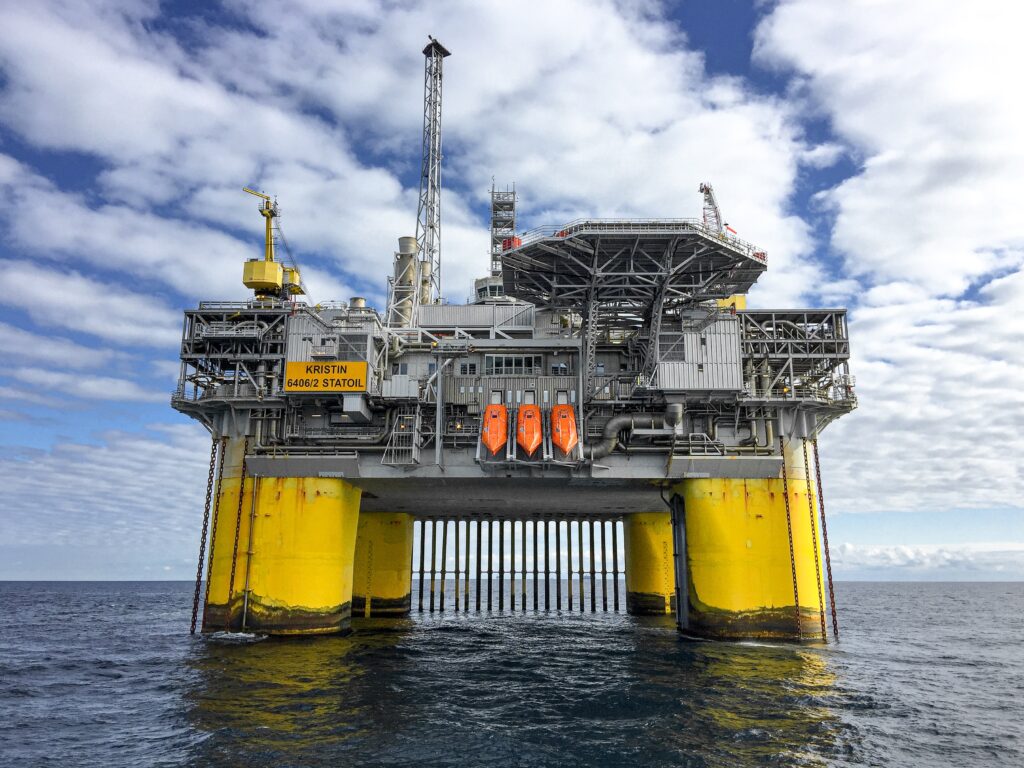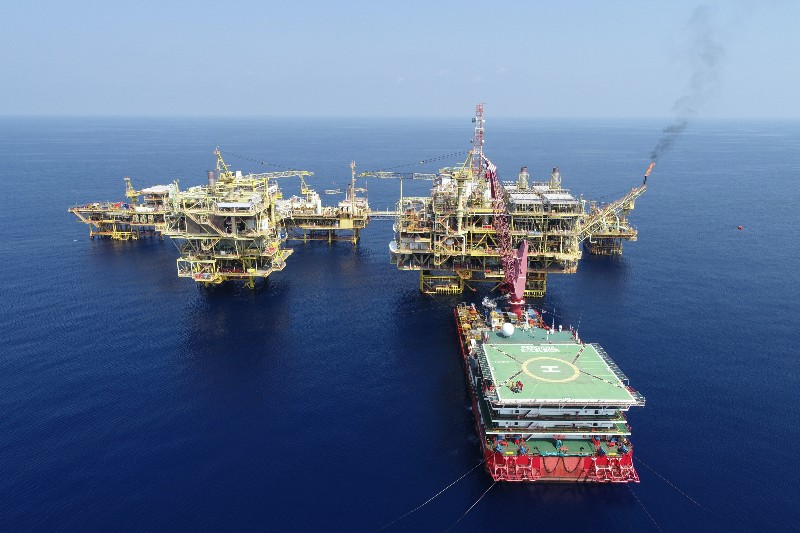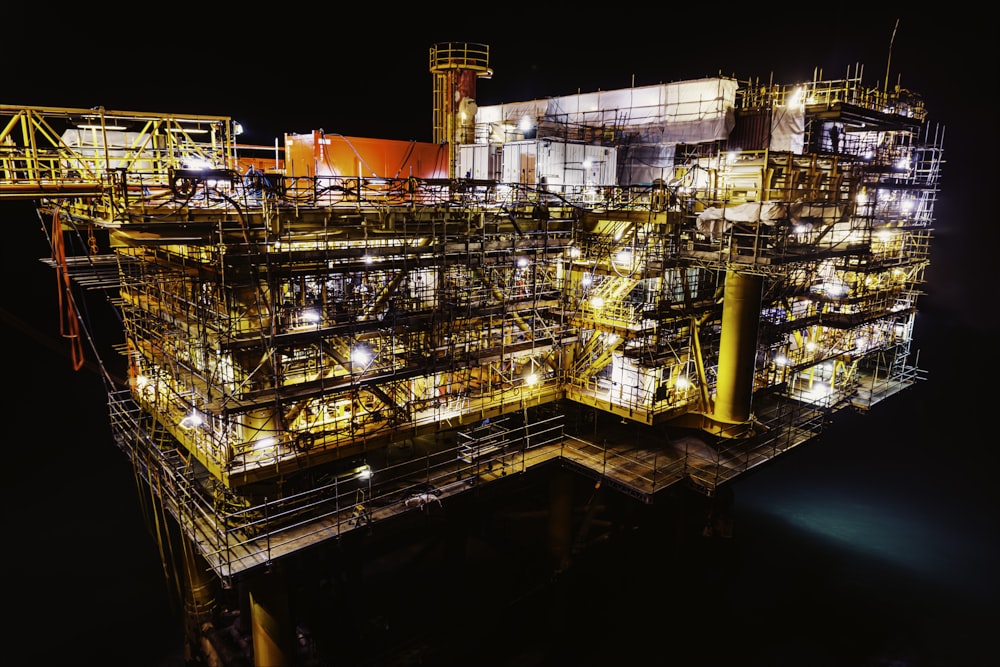Drivers of Sustainable Change in the Oil, Gas, and Energy Sectors

It’s no secret that climate change and technology significantly impact every industry, and the oil and gas sector is no exception. The apparent effects of climate change have resulted in growing societal expectations to manage emissions. According to PwC research, these expectations severely pressure the oil and gas industry in four separate areas. These include evolving policies and regulations, public and shareholder activism, changing investment strategies, and improvement in renewable energy economics.
An SAP and Oxford Economics survey shows that energy and utility executives have made more sustainability-related changes in their operations than most other industries. According to the survey, approximately 80 percent of executives state that sustainability issues are a significant concern during manufacturing. In addition, 47 percent of executives shared they were committed to a net zero carbon goal.
Drivers of Sustainable Change in the Oil, Gas, and Energy Sectors
Several factors influence sustainability efforts in the oil, gas, and other energy sectors. These are some of the biggest drivers. They include:
Government Regulations, Incentives, and Subsidies
There has been increased pressure on the oil and gas industry through government interventions, prompting them to search for more sustainable solutions to reduce carbon emissions. For instance, the United Nations’ Paris Agreement and the European Commission’s European Green Deal are prominent examples of governments laying the law on the oil and gas sector. These agreements feature incentives and subsidies for organizations to reduce their carbon footprint.
In addition, various renewable energy solutions also have government incentives backing them. For instance, governments provide tax credits for using solar panels, electric vehicles, etc. Some are also providing subsidies to businesses and consumers choosing these solutions.
Government subsidies and incentives substantially affect the oil and gas industry because they’re artificially inflating demand and reducing the cost of these alternatives. While these cost savings are unlikely to last for a long time, governments hope they’ll persuade enough customers and businesses to shift to alternative energy sources.
Digitalization
Digitalization is proving an effective driver of sustainable change in the oil and gas industry. Advanced technology affects how organizations work. In addition, it also creates innovation opportunities. Digitalization is also speeding up collaboration between partners.
The World Economic Forum has been adamant that digitalization would enable the oil and gas industry to refine its boundaries. This sentiment was proven true during the COVID-19 pandemic. Oil and gas exploration and production companies quickly realized the importance of being more mobile. It would help them respond to supply disruptions and demand fluctuations more effectively.
A positive thing to note is that energy and utility companies are more open to change because they understand that natural reserves will deplete sooner rather than later. As a result, they’re focused on ensuring their future, and they’ve accepted digitalization with an open embrace. A survey shows that approximately half of energy and utility companies use cloud technology because it helps them streamline operations.
Diversification and Changing Cost Structures
While it might seem contradictory, the reality is that a barrel of oil is no longer the focus of most oil and gas companies. Instead, they’re focusing on satisfying customer needs through diversification. Industry boundaries have become blurred as these companies focus on extending beyond traditional revenue streams.
Many oil and gas exploration and production companies have already started dabbling in renewable energy solutions, like electrical charging stations, advanced chemics, biofuels, etc.
Consider Shell as an example. The organization has set a lofty goal to earn 50 percent of its revenue from non-fuel sources by 2025. Shell is already the world’s largest mobility retailer, selling over $6 billion of convenience retail products annually.
Diversification is arising due to several reasons. Firstly, the oil and gas sector recognizes that government regulations are tightening. Governments have come under intense pressure and scrutiny by activists to reduce carbon emissions, especially in the corporate sector.
Secondly, more oil and gas exploration companies are shifting their focus to renewable energy because governments provide subsidies and other incentives to curtail carbon emissions.
Changing Customer and Investor Expectations
Customers and investors also have shifting expectations, affecting the oil and gas industry. As the effects of climate change become more pronounced, eco-conscious customers are pressurizing companies to focus on reducing their carbon footprints by adopting sustainable practices and devoting their attention to renewable energy sources. Similarly, investors are placing similar pressure on companies to become more sustainable.
For instance, Harvard University stated that it would stop investing in fossil fuels and cease funding for activities driving global warming.

Get Started with CNPS
Are you looking for premium quality OCTG and oilfield service equipment? If the answer’s yes, CNPS can help you. The company provides exceptional OCTG equipment to oil and gas exploration companies worldwide. They also help oil and gas exploration companies enhance oil recovery through their EOR solutions.
CNPS is a complete energy solutions provider. It launched in 2008, offering OCTG pipes and bar products and solutions. Since then, the company has become a leading energy solutions provider. Their offerings include renewable and sustainable energy solutions, oilfield service equipment, electronic product solutions, mud logging equipment, etc.







